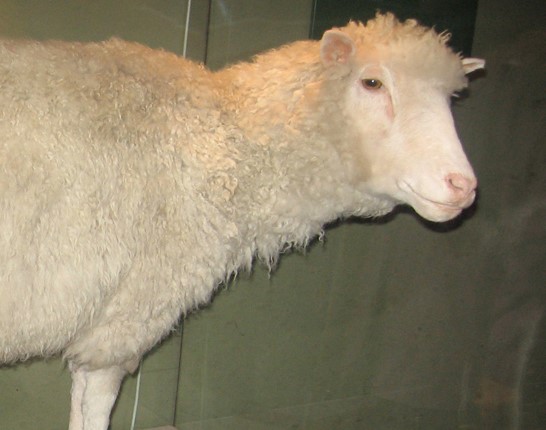Module 13: DNA Structure and Function
Section outline
-
 DNA is known as deoxyribonucleic acid. Humans and other organisms contain their genetic information in the form of DNA, and it is usually present in the nuclei of the cells. DNA is responsible for encoding the information that organisms use to reproduce, grow, and develop. The genetic blueprint of an organism is carried out by the DNA, which helps to pass genes from one generation to another. Accepting DNA as genetic material was very challenging and difficult for the biologist in the 1940s. It was believed by some biologists that protein is the genetic material of a cell; some biologists believed that RNA is the genetic material, but some biologists predicted DNA as genetic material. X-ray diffraction was the first technique that examined that the structure of the DNA involves two long polypeptide chains. After the results from this technique, Watson and Crick proposed the 3-D model of the DNA. The ability of the DNA to store hereditary material was revealed after getting information about its structure.Image from Biology 2e from OpenStax, licensed under Creative Commons Attribution License v4.0 with no additional image credit.Upon completion of this module, you will be able to:
DNA is known as deoxyribonucleic acid. Humans and other organisms contain their genetic information in the form of DNA, and it is usually present in the nuclei of the cells. DNA is responsible for encoding the information that organisms use to reproduce, grow, and develop. The genetic blueprint of an organism is carried out by the DNA, which helps to pass genes from one generation to another. Accepting DNA as genetic material was very challenging and difficult for the biologist in the 1940s. It was believed by some biologists that protein is the genetic material of a cell; some biologists believed that RNA is the genetic material, but some biologists predicted DNA as genetic material. X-ray diffraction was the first technique that examined that the structure of the DNA involves two long polypeptide chains. After the results from this technique, Watson and Crick proposed the 3-D model of the DNA. The ability of the DNA to store hereditary material was revealed after getting information about its structure.Image from Biology 2e from OpenStax, licensed under Creative Commons Attribution License v4.0 with no additional image credit.Upon completion of this module, you will be able to:- Explain transformation of DNA (Course Outcome #5)
- State and explain Chargaff’s rules (Course Outcome #5)
- Describe the structure of DNA (Course Outcome #5)
- Explain the Sanger method of DNA sequencing (Course Outcome #5)
- Discuss the similarities and differences between eukaryotic and prokaryotic DNA (Course Outcome #5)
- Explain how the structure of DNA reveals the replication process (Course Outcome #5)
- Describe the Meselson and Stahl experiments (Course Outcome #5)
- Explain the process of DNA replication in prokaryotes (Course Outcome #5)
- Discuss the role of different enzymes and proteins in supporting this process (Course Outcome #5)
- Discuss the similarities and differences between DNA replication in eukaryotes and prokaryotes (Course Outcome #5)
- State the role of telomerase in DNA replication (Course Outcome #5)
- Discuss the different types of mutations in DNA (Course Outcome #5)
- Explain DNA repair mechanisms (Course Outcome #5)
To achieve these objectives:
- Read the Module 13 Introduction
- Read and view the materials in the Module 13 Pressbooks book, embedded below by section for the chapter titled DNA Structure and Function
- Complete the assignment and discussion forum post and response.
This module's lab activity is included as well, to occur in the lab class. [a Strawberry DNA lab is also available below as an alternative]. Slides are available to accompany the class lecture.
Module Pressbooks Resources and Activities
You will find the following resources and activities in this module at the Pressbooks website. Click on the links below to access or complete each item.
- Explain transformation of DNA (Course Outcome #5)
Background Colour
Font Face
Font Kerning
Font Size
Image Visibility
Letter Spacing
Line Height
Link Highlight
Text Colour
